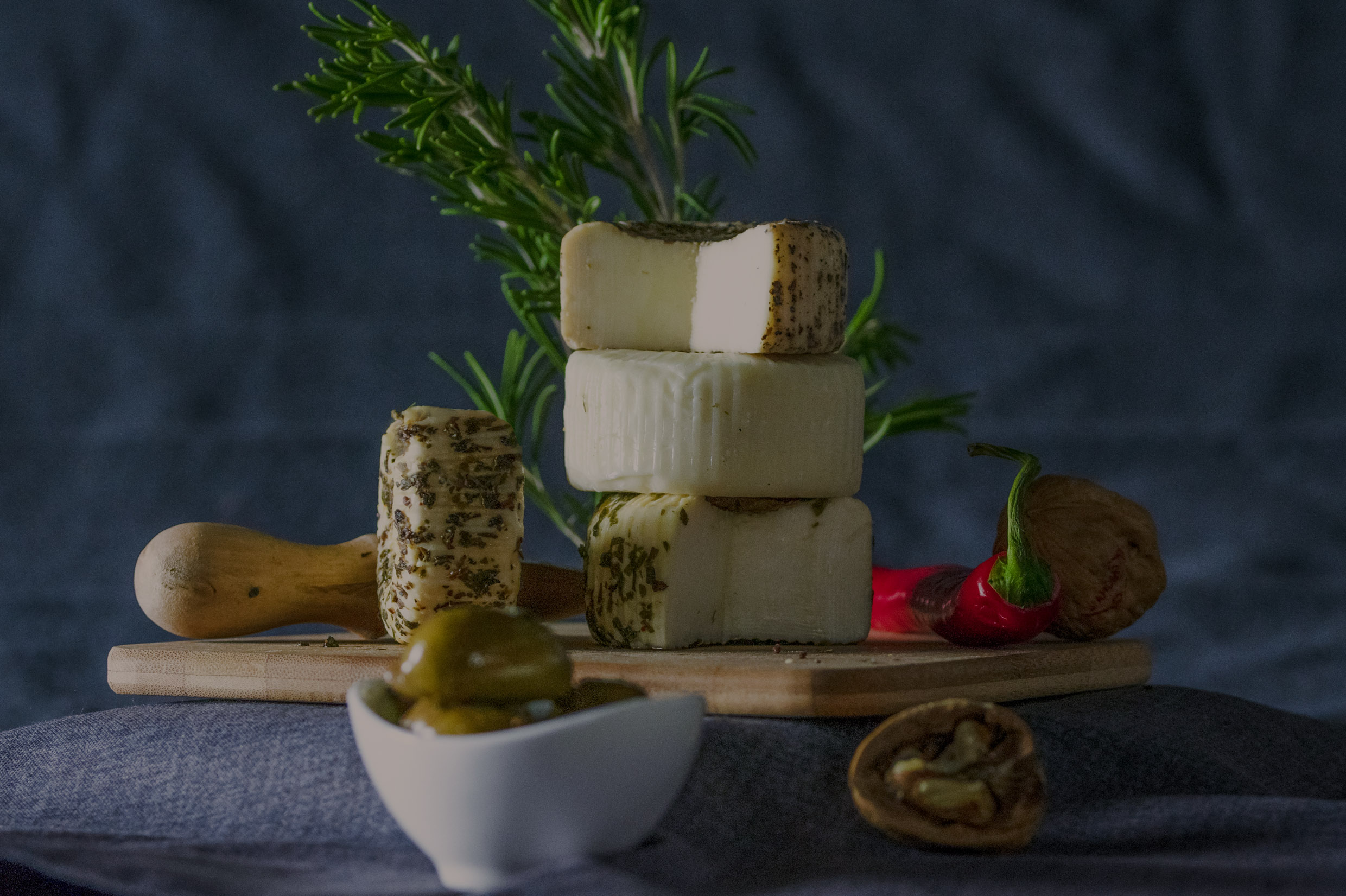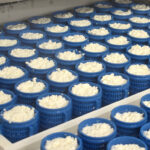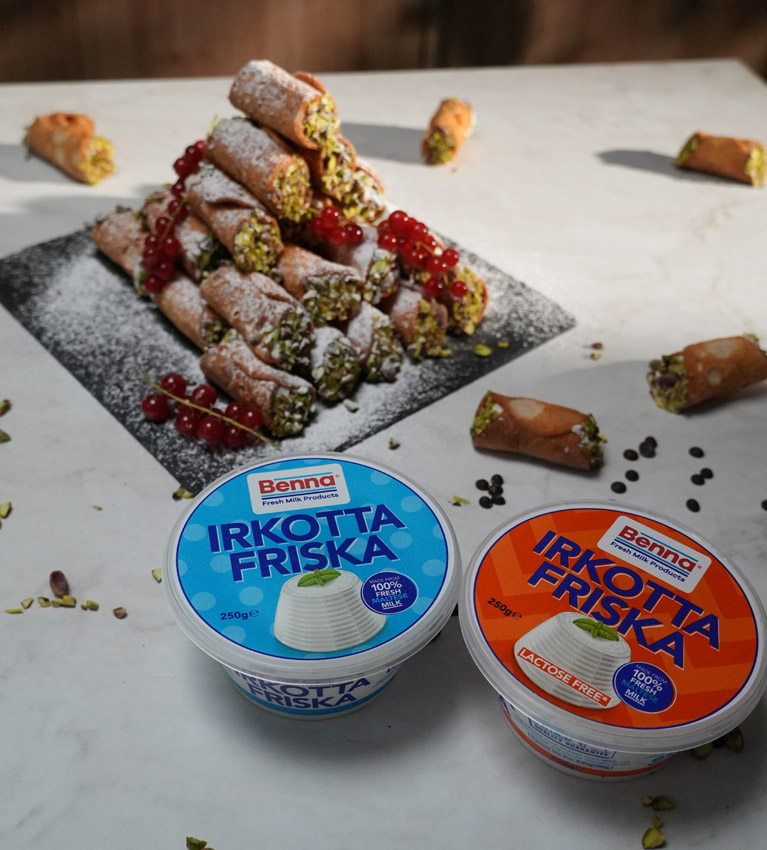
Small But Mighty: The Gbejna has Undoubtedly Helped Shape Malta’s Rich Food Culture
June 4, 2025

The Customer is Always Right – Or Are They ?
June 3, 2025
ACE: Pulse of the Industry Findings
June 4, 2025The ġbejna has undoubtedly helped shape Malta’s rich food culture, and the role of Benna has been instrumental in modernising production while staying true to heritage methods.
Small, yet deeply rooted in Maltese tradition, the classic ġbejna is more than a regular type of cheese - it’s a symbol of our island’s rich culinary heritage. Made from sheep’s, goat’s, or cow’s milk or a combination of different milk types, these bite-sized rounds come in various formats, including fresh, dried, salted, or peppered varieties, each carrying a distinct taste of Malta’s rural past.
Despite modern pressures, the ġbejna has endured the test of time, with artisanal producers keeping its legacy alive and prospering under the Benna umbrella. This traditional cheeselet has been a key ingredient in local cuisine for centuries, evolving while maintaining its status as a symbol of Maltese gastronomy.
But how did today’s iteration of the beloved Benna ġbejniet come about? Author Stephan D. Vella recounts how, for generations, Maltese dairy farmers passed down their livestock-rearing traditions, with family histories deeply rooted in milk production.
In 1958, these farmers united under a single cooperative, KPH Group, which collected all their milk and guaranteed the sales of pasteurised milk products for the Maltese population. This helped eradicate the Mediterranean fever from the islands and resulted in safe consumption of milk products. By 1986, the government’s processing facilities were purchased and the cooperative established Benna, the nation’s favourite dairy brand.
Determined to preserve traditional cheese-making while ensuring product safety, Benna introduced a gentle pasteurisation process to the ġbejna making process. Since authenticity remained a priority, Benna collaborated with experienced, artisan ġbejna producers - from Gozo , to safeguard ġbejna’s artisanal roots. This guaranteed a high-quality product that is safe for consumption.
By 1990, Benna launched its own sealed, vacuum-packed ġbejna made from pasteurised cow’s milk. The response was immediate - Maltese consumers embraced the product, valuing its combination of quality, tradition, and safety. Today, it remains a staple in local cuisine, featuring in classics like Soppa tal-Armla and Maltese platters, offering a taste of heritage with every bite.
While the ġbejna has a number of variations, each of these shares a defining trait - the small, ribbed shape. This design increases their surface area relative to volume, allowing for quicker drying times and eliminating the need for pressing. Unlike larger cheeses, ġbejna forms little to no rind, making it ideal for absorbing flavour.
Seasoning with vinegar, pepper, or herbs takes place after the initial drying phase, seeping in through the ribbed exterior for full coverage. Once dried to the right consistency, ġbejniet are either sealed for ripening or enjoyed fresh, maintaining their place as a versatile staple in Maltese cuisine.
Despite its enduring appeal, the tradition of ġbejna- making does face mounting challenges, primarily from imported milk and cheeses. Yet, a renewed appreciation for artisanal food has fuelled a revival in heritage cheese- making. Determined to preserve Malta’s culinary heritage, Benna continues to use traditional techniques, ensuring that this iconic cheeselet remains a defining part of the island’s identity.
Maltese cheese-making has evolved over time, and Benna has been at the forefront of making these processes as safe as possible while retaining the roots in Maltese milk and tradition. It is consumer demand that keeps its diversity alive. Today, the range offers the traditional selection of fresh to aged varieties, each as popular as the other.
Made from 100% local milk originating from cows reared in local farms and primarily fed local feed, Gbejniet are processed locally on a daily basis. Benna continues to make use of local talent to ensure that Malta’s food heritage remains a cherished part of the island’s culinary landscape on a safe to consume basis.

Malta Dairy Products Ltd. is the leading processing dairy plant on the Maltese Islands. We process, pack and distribute fresh milk and milk products originating solely from the Maltese Islands. Fresh milk is brought in every single day from 89 farms around Malta and Gozo. The milk is not sterilised, but simply pasteurised to retain its fresh taste and nutritious quality.
Product safety and quality are at the heart of the Company’s culture and relentless pursuit to ensure that all its products are produced in a hygienic and efficient manner.
At Malta Dairy Products Ltd. we pride ourselves in being the leading Cooperative of dairy farmers across Malta and Gozo, with a mission to utilise all the milk provided by our herdsmen.
W: https://www.benna.com.mt/ | E: info@benna.com.mt | Tel: +356 21224472
Click here to see Horeca Issue 19 online






